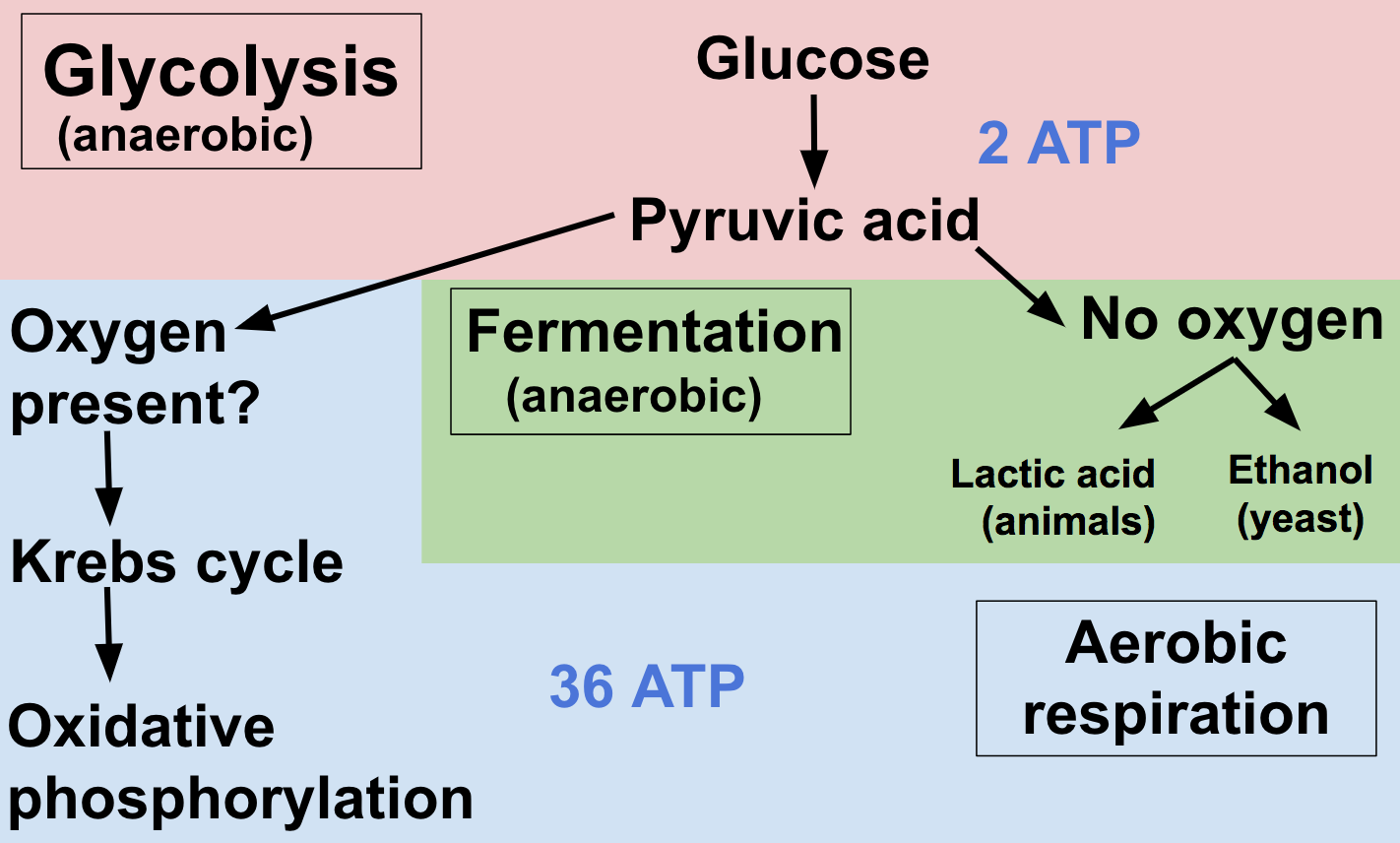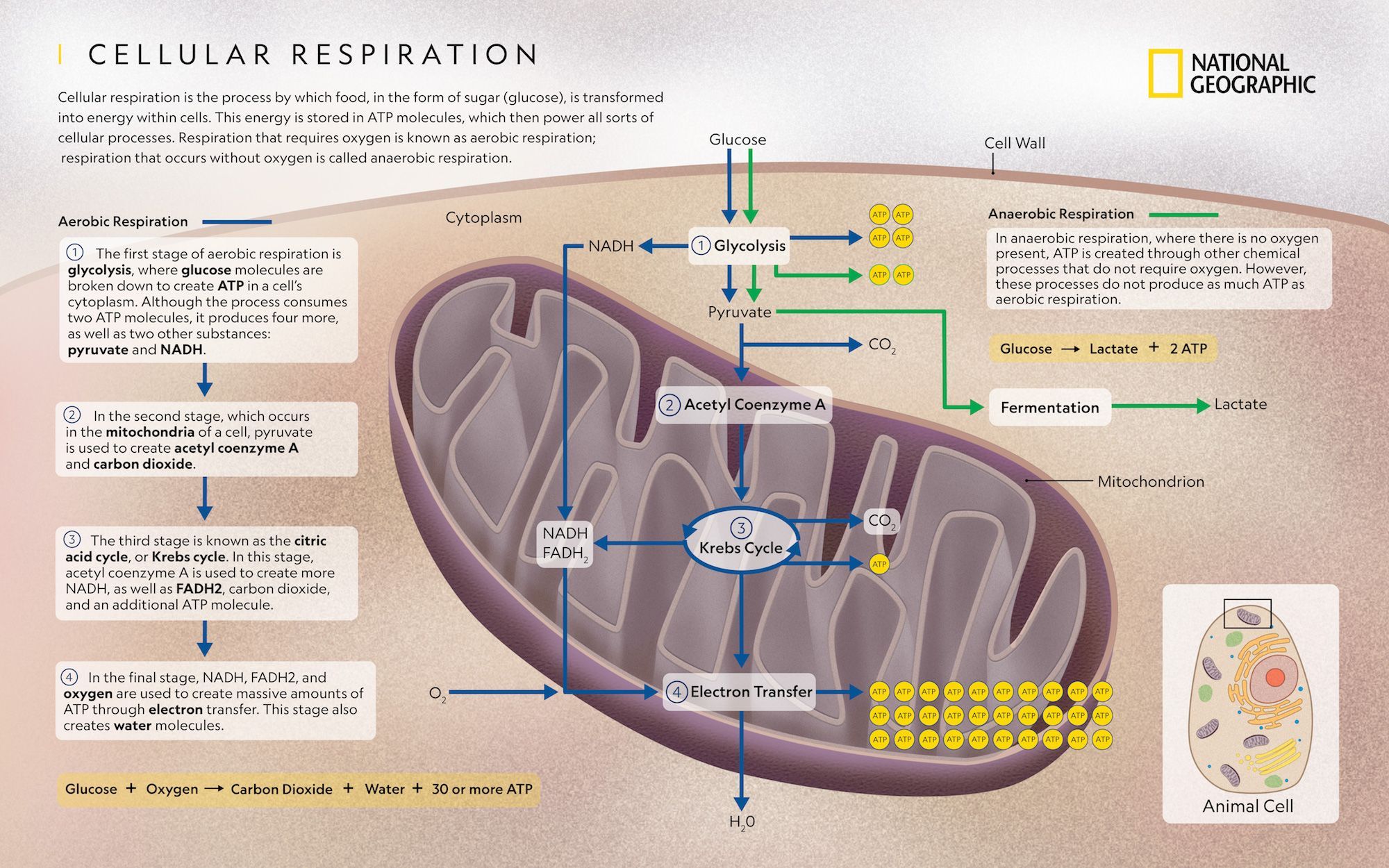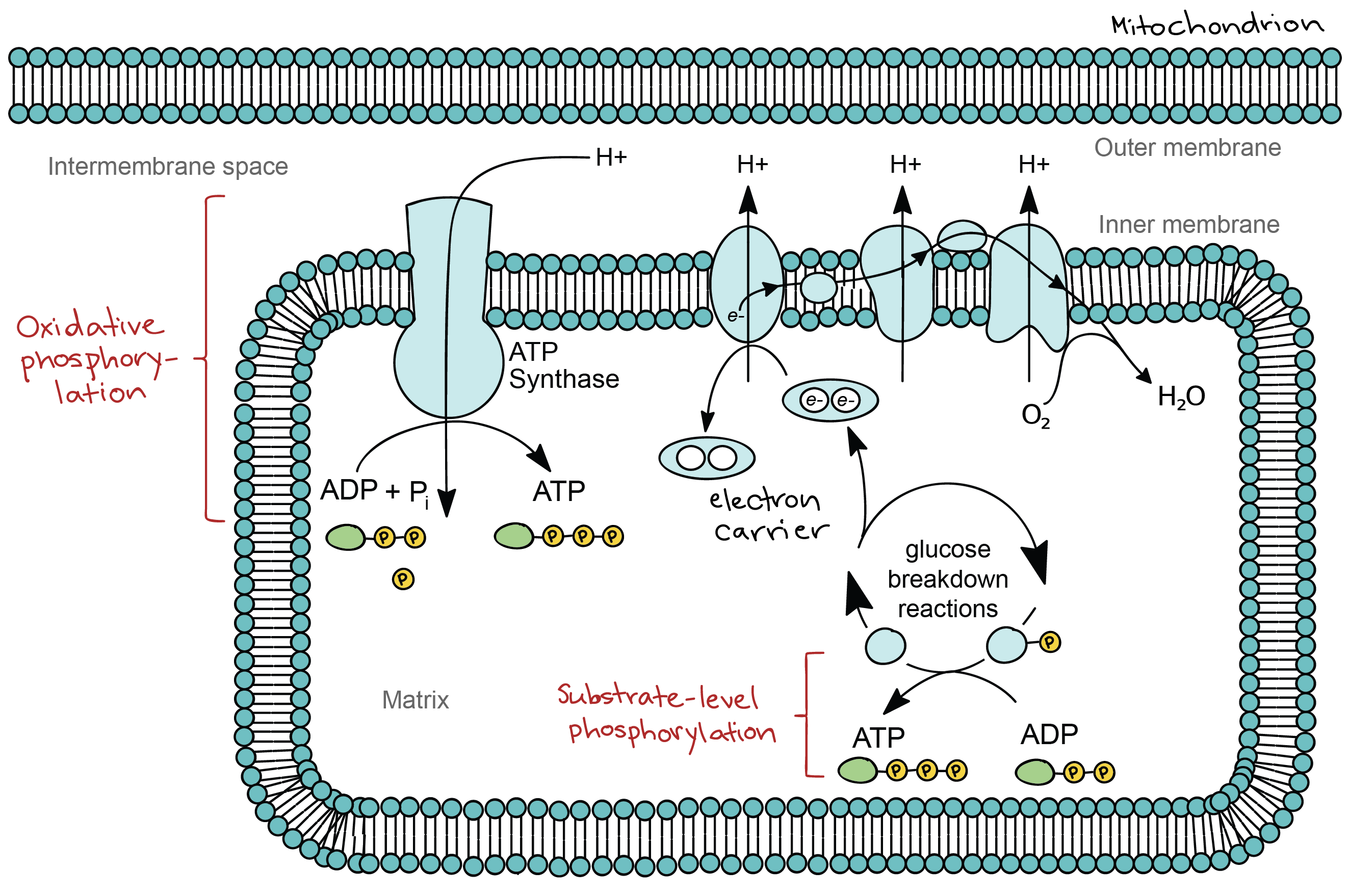Cellular Respiration Meaning In Science

Cellular respiration begins by breaking down sugars known as glucose during a process called glycolysis.
Cellular respiration meaning in science. All organisms respire in order to release energy to fuel their living processes. Cellular respiration the process by which organisms combine oxygen with foodstuff molecules diverting the chemical energy in these substances into life-sustaining activities and discarding as waste products carbon dioxide and water. Cellular respiration is the process through which cells convert sugars into energy.
Cellular respiration is a chemical process that takes place inside cells and produces energy. The stages of cellular respiration include glycolysis pyruvate oxidation the citric acid or. Cellular Respiration Definition.
I m a g e w i l l b e U p l o a d e d S o o n. Breaking those bonds releases the energy they contain. Unlike glucose molecules ATP molecules can be used directly by cells for energy.
Scientific definitions for cellular respiration. To create ATP and other forms of energy to power cellular reactions cells require fuel and an electron acceptor which drives the chemical process of turning energy into a useable form. It includes glycolysis the.
Definition of cellular respiration. Adenosine triphosphate the primary energy carrier in living things. In this process of cellular respiration plants generate glucose molecules through photosynthesis by capturing energy from sunlight and converting it into glucose.
Click card to see definition. Processes that take place in the cells and tissues during which energy is released and carbon dioxide is produced and absorbed by the blood to be transported to the. Breaking some of glucose with the gradual release of energy that is stored in ATP molecules.


















